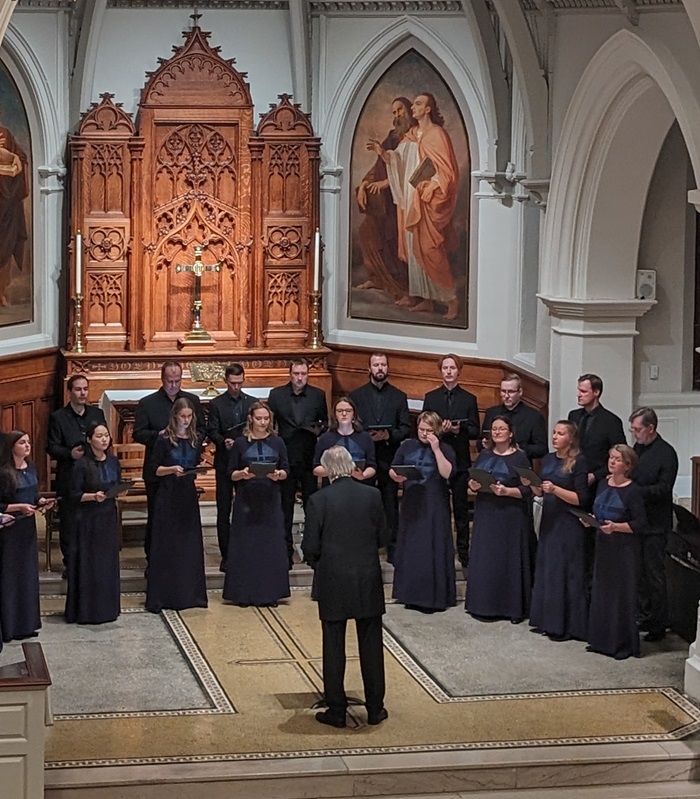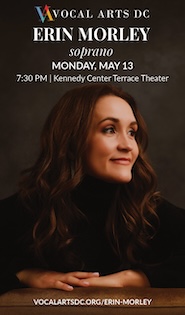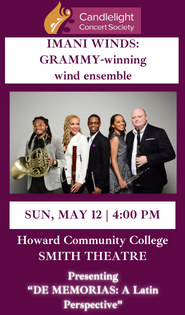Estonian Choir pairs old and new in outstanding performance

Tõnu Kaljuste led the Estonian Philharmonic Chamber Choir at St. John’s Episcopal Church in Georgetown Tuesday night.
When the Estonian Philharmonic Chamber Choir comes to town, audiences answer. The group’s visit in 2008 was with the Tallinn Chamber Orchestra, but this sold-out concert Tuesday night at St. John’s Episcopal Church in Georgetown offered the chance to hear these celebrated voices without any instruments in the way. Not only were they performing music by Estonian composer Arvo Pärt, but their founder, Tõnu Kaljuste, conducted them on this North American tour.
Few ensembles have such a long and authoritative history with Pärt’s music. Even the Tallis Scholars, who performed some of the composer’s works when they appeared in concert at St. John’s in 2022, did not match the Estonians’ effortless grace in this music. The strong rapport between the singers and their veteran leader, who beat the often tricky metrical changes with understated efficiency, translated into utter formal clarity in the sound they produced.
The first Pärt piece on the program was the oldest and perhaps the best, the gorgeous Magnificat from 1989. Much of this piece centers on the sustained reciting tone of C, often reiterated by clarion soprano soloist Annika Lõhmus, and homophonic structures that grind up against it dissonantly. The twenty-two voices, perfectly balanced, tuned these clusters immaculately, down to the final soft chord, glistening with internal contradictions.
Rests and long silences are often crucial in Pärt’s works, especially in the other Catholic canticle on the program, the more somber Nunc dimittis. Kaljuste timed these elements beautifully so that one sensed the intrusion of silence without the idea becoming affected. The soprano section, the pride of this choir, were resplendent in the highest reaches of their part, and the basses gave subtle weight to their very low three-part divisi at the close.
The choir displayed crisp diction in all four languages on the program, Latin, English, Italian, and Church Slavonic. The sense of a meditative litany came across in The Deer’s Cry, in which the text known as “St. Patrick’s Breastplate” was matched by a harmonic ostinato. The cyclic repeat of this structure was marked by a brightly tuned dominant seventh chord that stood out against the more modal context. A conclusion on a highly unstable chord sealed the sense of an unending circular pattern.
Dopo la vittoria turned out to be the oddest piece on the concert. Pärt took the text from a Russian church encyclopedia, describing the miraculous moment when St. Ambrose baptized St. Augustine in Milan. Composed to commemorate that event, the work was translated into Italian, but the sense of breathless, pious narration was reflected in the detached, quicker musical style, somewhat unusual for Pärt’s choral works. Kaljuste helped the work cohere by smoothing over the score’s jagged edges, while keeping the sense of excitement.
Mixed among the superlative Pärt performances were less satisfying renditions of motets by Palestrina. The pairing made sense stylistically, but the smaller ensemble fielded for the Renaissance pieces, consisting of only 14 of the 22 singers, did not have the same coherence in terms of intonation and balance. Repeated personnel shifting from one composer to the other also unsettled this placid program, otherwise uninterrupted by applause or intermission. Printing the program out of performance order, leading to much page shuffling in the audience, did not help.
Three of the Palestrina motets were offertories, set in five parts, which stretched the small ensemble, putting pressure especially on the two tenor parts. Kaljuste again used subtle gestures to pull the ensemble back from forcing its sound, creating gentle curves and phrasing in Benedictus es Domine, proper to Quinquagesima Sunday, which happens to fall this year on this coming Sunday, an apt coincidence.
Similar issues came to the fore in the other Palestrina offertories, Ave Maria and Laudate Dominum. In the latter, Kaljuste could have made more of the text painting toward the end of the piece, where Palestrina set the same music an octave lower to distinguish the words “and on earth” from “in heaven” that came before it. The best Palestrina performance came in the motet Hodie Christus natus est, a concise and joyful Christmas piece for eight parts, divided into two unequal choirs. Performing with 20 singers, the ensemble sounded as full and evenly balanced as it did in the Pärt pieces.
The evening closed brilliantly with Pärt again, three selections from Kanon Pokajanen, the “Canon of Repentance to our Lord Jesus Christ” from the Orthodox liturgy. The choir’s magisterial women’s voices intoned the chant-like “Kontakion” with full-throated authority. Tenor Danila Frantou and bass Henry Tiisma sounded more circumspect in the answering chant of “Ikos,” sung in octaves, with a gentle drone from the male voices underpinning both of these pieces.
The concluding “Prayer after Canon” opened with the best solo moment of the evening, the poised and elegant trio of soprano Annika Lõhmus and mezzo-soprano Marianne Pärna joining tenor Danila Frantou. With the full choir engaged in the final section of this longer movement, the sound climaxed in a howl of contrition. The texture cooled down gradually to a solemn ending, with the lowest bass note of the evening, an almost imperceptible low A below the bass staff, whispering like a ghostly organ pipe.
Another Estonian piece served up as encore no doubt made the Estonian ambassador, seated in the front row, even prouder of his country’s musical achievements. With Lent approaching next week, the fervent Alleluias of Cyrillus Kreek’s setting of Psalms 1 to 3, Õnnis on inimene (Happy is the Man), rang out with special joy.
Benedict Sheehan conducts Artefact Ensemble in music by Copland, Shaw, Weston, Estrada, and Sheehan 5 p.m. March 3. stjohnsgeorgetown.org



